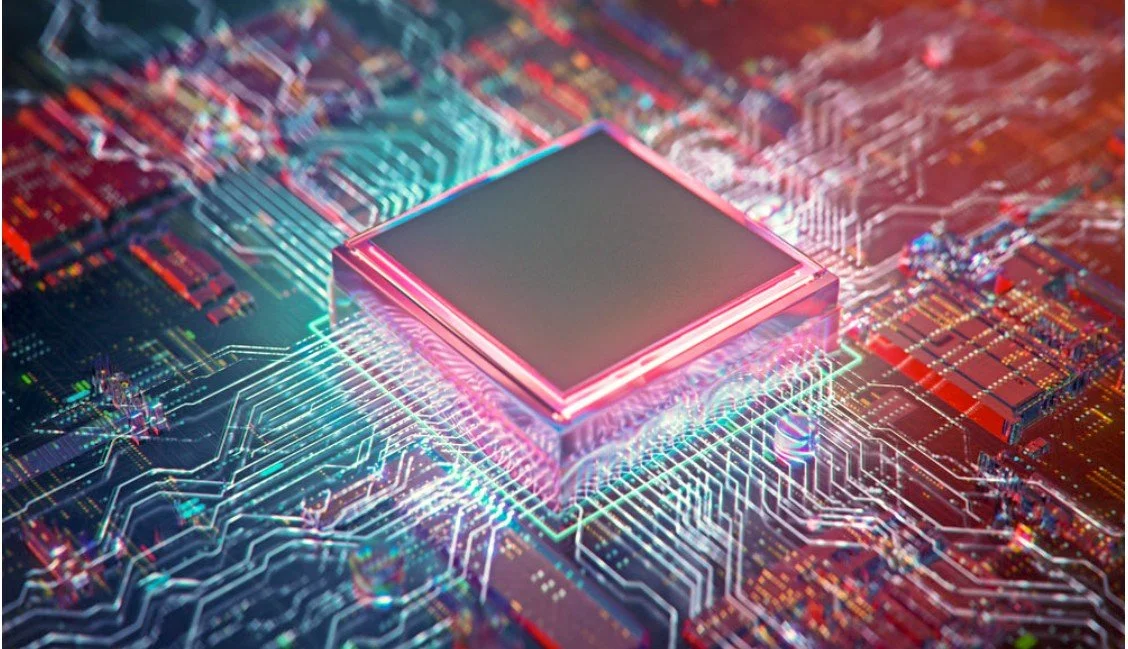Understanding Processing Power: The Engine Behind Modern Computing
When it comes to choosing a computer, smartphone, or even a server, one term you’ll often hear is processing power. But what does it really mean, and why does it matter so much in today’s digital world?
What Is Processing Power?
Processing power refers to the capability of a computer’s central processing unit (CPU) to perform tasks. It’s essentially the “brain” of your device, responsible for executing instructions, running applications, and handling everything from browsing the web to powering artificial intelligence systems.
Key factors that determine processing power include:
Clock Speed (GHz) – How many cycles per second the CPU can perform.
Cores and Threads – More cores mean the ability to handle more tasks simultaneously.
Architecture – The efficiency of how the CPU is designed to process instructions.
Cache Memory – Helps speed up frequently used tasks.
Why Processing Power Matters
Speed and Responsiveness: Higher processing power means faster performance for apps, games, and multitasking.
Future-Proofing: A strong CPU ensures your system can handle updates and new software for years to come.
Specialized Needs: Video editors, data scientists, and AI developers rely heavily on high processing power for demanding workloads.
Examples in Daily Life
Everyday Users: Browsing, email, and video streaming work fine with modest CPUs.
Gamers: Require multi-core processors to handle complex graphics and physics engines.
Businesses: Enterprise applications, databases, and cloud services depend on servers with powerful processors.
AI & Machine Learning: Training models needs CPUs (and often GPUs) with massive parallel processing capabilities.
Tips for Choosing the Right Processing Power
Know Your Needs – Don’t overspend on power you won’t use.
Balance with RAM & Storage – A strong CPU needs sufficient memory and fast storage to shine.
Consider Energy Efficiency – Especially important for laptops and data centers.
Look Ahead – Choose a processor that will still perform well 3–5 years from now.
Final Thoughts
Processing power is the heartbeat of technology. Whether you’re a student, gamer, entrepreneur, or IT professional, understanding it helps you make smarter choices when buying or upgrading devices. The right CPU ensures smooth performance, long-term value, and the ability to keep up with tomorrow’s software demands.

